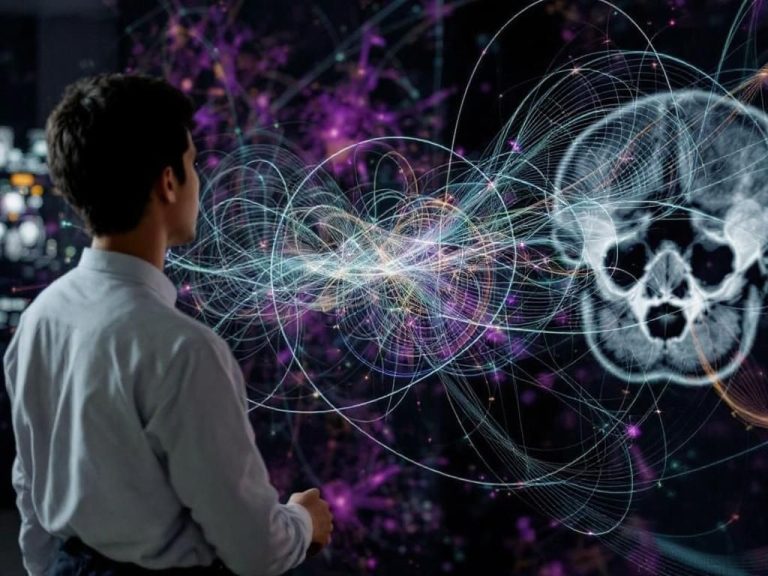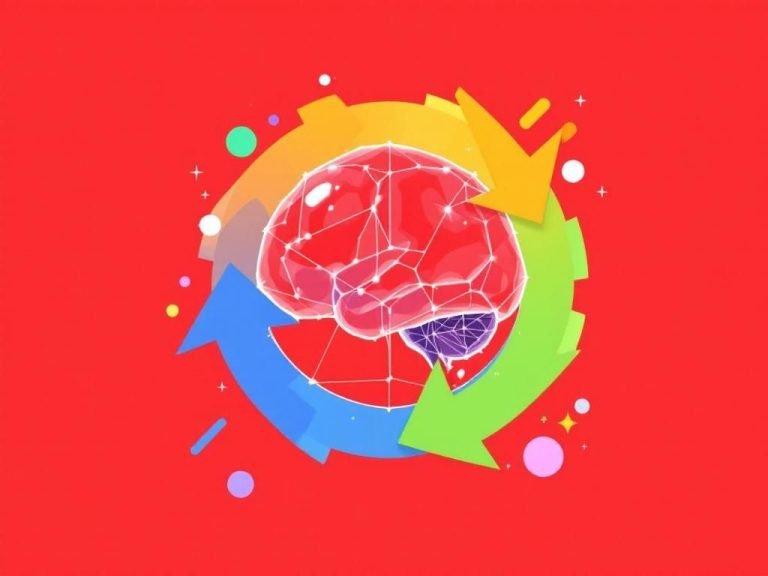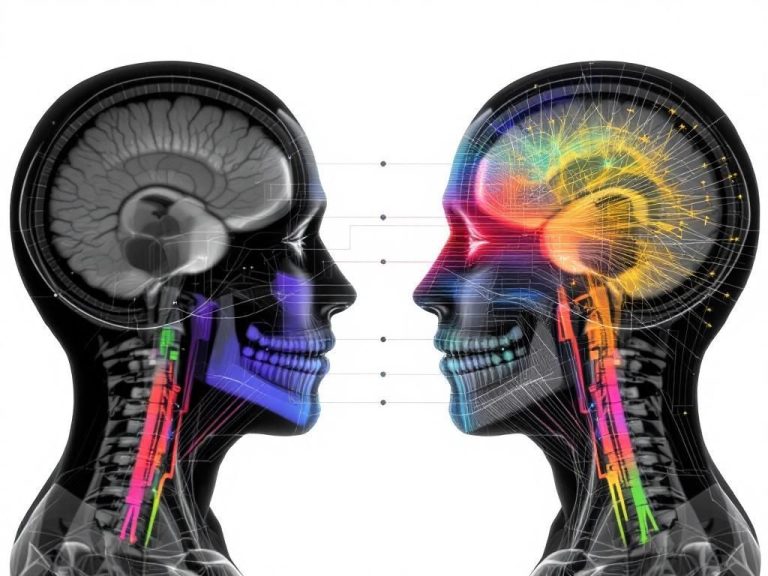The landscape of medical image analysis is undergoing a profound transformation, driven by the advancements in deep learning technologies. The integration of artificial intelligence (AI) into healthcare is not just a trend; it is reshaping how clinicians diagnose and treat diseases. In this article, we will explore the current state of deep learning in medical image analysis, its potential future developments, and the challenges that lie ahead.
Understanding Deep Learning
Deep learning is a subset of machine learning that utilizes artificial neural networks to analyze data. It is characterized by its ability to learn hierarchical representations of data, making it particularly effective for tasks involving large volumes of unstructured data, such as images. The key components of deep learning include:
- Neural Networks: These are computational models inspired by the human brain, consisting of layers of interconnected nodes.
- Training Data: Deep learning models require substantial amounts of labeled data to learn patterns and make predictions.
- Backpropagation: A technique used to update the weights of the neural network based on the error of predictions.
- Convolutional Neural Networks (CNNs): A specialized architecture for processing grid-like data, such as images, that has shown remarkable success in image classification tasks.
The Current Landscape of Medical Image Analysis
Medical imaging encompasses a variety of technologies, including X-rays, MRI scans, CT scans, and ultrasound. Traditionally, radiologists have relied on their expertise to interpret these images, but the introduction of deep learning has started to change this paradigm.
Applications of Deep Learning in Medical Imaging
Deep learning models are increasingly being used to assist in diagnosing a range of conditions. Some of the most prominent applications include:
- Detection of Diseases: Deep learning algorithms can identify abnormalities in images, such as tumors in mammograms or lesions in lung scans.
- Segmentation: These models can delineate specific anatomical structures and regions of interest in imaging data, improving the quality of analysis.
- Classification: Algorithms can classify images based on findings, helping to streamline the diagnostic process.
- Predictive Analytics: Models can analyze imaging data in conjunction with patient history to predict disease progression and outcomes.
Case Studies Demonstrating Success
Numerous studies have showcased the effectiveness of deep learning in medical imaging:
| Study | Application | Results |
|---|---|---|
| University of California | Lung Cancer Detection | Achieved 94% accuracy in identifying malignant nodules. |
| Stanford University | Skin Cancer Classification | Model performed on par with board-certified dermatologists in diagnosing melanoma. |
| Harvard Medical School | Diabetic Retinopathy Detection | Detected retinal diseases with a sensitivity of over 90%. |
Future Directions in Deep Learning for Medical Imaging
As we look towards 2025 and beyond, several trends are expected to shape the future of deep learning in medical imaging:
Enhanced Collaboration Between AI and Radiology
The role of radiologists will evolve from sole image interpreters to collaborators with AI systems. This partnership will enhance diagnostic accuracy and decrease workload.
Integration of Multi-Modal Data
Future deep learning systems will increasingly incorporate multi-modal data, including imaging, genomic, and clinical data, to provide a more comprehensive view of patient health.
Real-Time Image Analysis
Advancements in hardware and algorithms will enable real-time analysis of medical images, allowing for immediate clinical decision-making during procedures.
Challenges to Overcome
Despite the promising future, several challenges must be addressed to fully harness the potential of deep learning in medical image analysis:
Data Privacy and Security
Handling sensitive patient data requires stringent privacy measures. Regulatory compliance and secure data sharing are critical for advancing research while protecting individual health information.
Bias and Generalizability
Deep learning models can inherit biases present in training data, leading to disparities in outcomes. Ensuring that models generalize well across diverse populations is imperative.
Interpretability of AI Decisions
The so-called ‘black box’ nature of deep learning models poses a challenge in understanding how decisions are made, which can hinder trust among healthcare providers.
Conclusion
The integration of deep learning into medical image analysis presents exciting opportunities for improving patient care. As technology continues to advance, the collaboration between AI and healthcare professionals will be vital in overcoming challenges and enhancing diagnostic capabilities. The journey towards 2025 promises to be groundbreaking, ushering in a new era of precision medicine built upon the foundations of deep learning.
FAQ
What is deep learning in medical image analysis?
Deep learning is a subset of artificial intelligence that uses neural networks to analyze and interpret complex medical images, improving diagnosis and treatment accuracy.
How will deep learning transform medical image analysis by 2025?
By 2025, deep learning is expected to significantly enhance image interpretation speed, accuracy, and provide predictive insights, leading to better patient outcomes.
What are the benefits of using deep learning in medical imaging?
Benefits include increased diagnostic precision, reduced human error, automated image processing, and the ability to analyze large datasets quickly.
What types of medical images can deep learning analyze?
Deep learning can analyze various types of medical images, including X-rays, MRIs, CT scans, and ultrasound images.
Are there any challenges in implementing deep learning for medical image analysis?
Challenges include the need for large labeled datasets, ensuring data privacy, overcoming regulatory hurdles, and integrating with existing healthcare systems.
What role will AI play in future medical imaging technologies?
AI will enhance medical imaging technologies by automating processes, providing decision support to radiologists, and enabling personalized medicine through advanced analytics.




